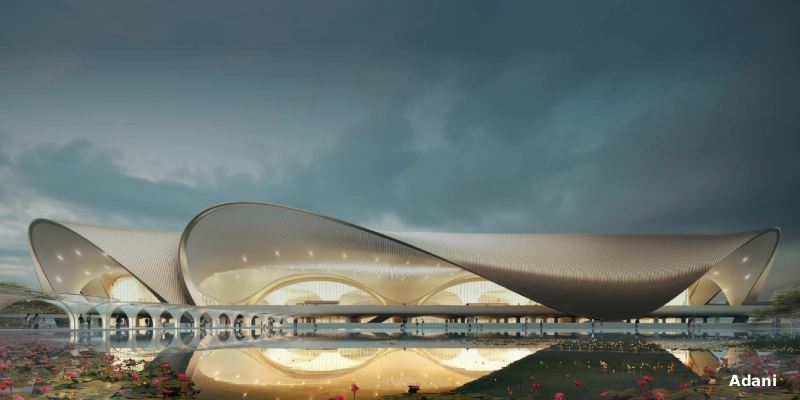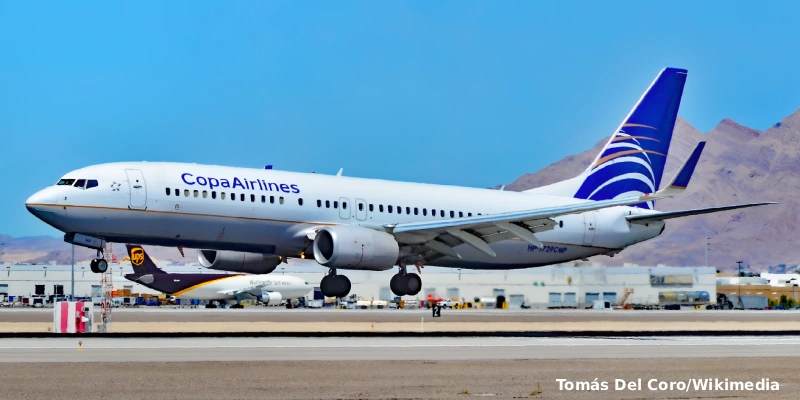The long-awaited Navi Mumbai Airport, developed by the Adani Group conglomerate, will begin commercial operations in December. This marks a milestone for the country’s air infrastructure and offers relief to the current saturated airport, which has been in operation for over eight decades.
A New Engine for Indian Aviation
The CEO of Adani Airport Holdings Ltd., Arun Bansal, confirmed that the first commercial operations will take off before the end of the year. Airlines such as IndiGo, Air India, and Akasa have already announced their intention to operate from the new facilities, which promise to become a key hub within the national airline network.
The official inauguration is scheduled for this Wednesday, with the presence of Prime Minister Narendra Modi, just a week after the airport received its aerodrome license granted by India’s civil aviation regulator.
A Strategic Investment to Relieve Pressure on the Old Airport
The current Mumbai airport, one of the busiest in the country, faces serious expansion limitations due to its location, which is surrounded by extensive informal housing settlements. The opening of Navi Mumbai aims precisely to decongest this critical point of Indian air traffic.
→ India and China Resume Direct Flights After Five-Year Suspension
According to BVJK Sharma, CEO of Navi Mumbai International Airport Ltd., the Adani Group is investing around 200 billion rupees (approximately $2.3 billion) in the first phase of the project, of which approximately 65% is financed through debt.
The initial terminal will be able to handle 20 million passengers per year, and the conglomerate is planning a second expansion phase with an additional investment of 300 billion rupees.
A Hub for Billionaires and the Growth of Indian Aviation
In addition to handling commercial flights, the new airport is projected as an operations center for private jets, a growing demand among the magnates residing in Mumbai, including some of Asia’s richest businessmen, such as Mukesh Ambani.
The launch of Navi Mumbai coincides with an urban and infrastructural transformation taking place in the coastal metropolis, despite the challenges it faces: congested roads, persistent potholes, and recurrent flooding during the monsoon season.
India, Third Largest Air Market in the World
According to data from the civil aviation regulator, the number of passengers and aircraft in India has more than doubled in the last decade, consolidating the country as the third largest domestic aviation market, behind only the United States and China.
The Navi Mumbai airport not only responds to that expansion but also symbolizes the new direction of Indian infrastructure: more modern, more connected, and with global ambition.
Related Topics
LATAM Inaugurates Direct Flight Between Recife and Buenos Aires
LATAM to Cancel Lima-Tucuman Route Starting March 2026: These Are Reasons
Copa Airlines Resumes Flights Between Panama City and Maracaibo Starting December 20
Copa Airlines Extends Suspension of Flights to and from Caracas (Venezuela) Until January

Un apasionado por la aviación, Fundador y CEO de Aviación al Día.




